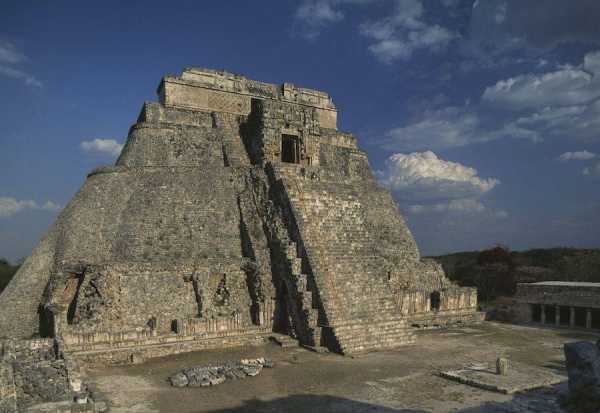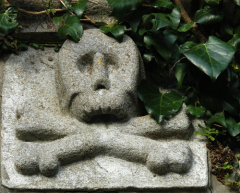Some of the artifacts include an obsidian dagger and a severed head that was used as an incense holder.

National GeographicAn ancient Mayan skull that was used to burn incense.
These items certainly seem to indicate that this location is indeed that of the last battle between the Maya and the Spaniards, as well as the center of ritual activity for the Itza Mayans.
“That is a great beginning to the process of better learning their customs, beliefs, and culture,” Krzemień said. Despite the incredible discovery, the team has remained cautious about pulling immediate conclusions from the expedition without further research.
Krzemień said that the next steps would be to confirm the context of the uncovered objects and whether they could have been swept from somewhere else by water movement to the location of the large trove. If the team can determine this, then at least one part of the lake could be deemed as a sacred place within Mayan culture.
But that’s not all. Sacrificial artifacts of the ancient civilization were also uncovered at least four hundred miles away in the old Mayan city of Chichen Itza in Mexico, where mysterious underwater caves were recently found by a separate team of scientists.
The New York Post reported that a recent exploration into the watery caves found an ancient skull that is believed to have been used as an incense burner by a Mayan tribe.
Archaeologist Guillermo De Anda led the team that discovered the horrific artifact which likely came from an individual who was sacrificed to the gods. The tribesmen then cut off the sacrificial human head and used it to burn incense. Experts said it was difficult to pinpoint when the person was killed.
His team also found several other skeletons and an arsenal of ceramics and pottery.
The underwater caves have only recently been discovered, making Guillermo and his team the first ones to explore them. The team’s findings were part of a new documentary series on National Geographic uncovering Mayan relics, called Lost Treasures of the Maya.
Guillermo suspected that the caves could lead to a sacred cenote, a natural underwater pool. The Mayans considered these cenotes as sacred spaces and one of them possibly exists beneath the El Castillo pyramid of the old Chichen Itza city.
The cenote of El Castillo, Guillermo hypothesized, could be the reason that the Mayan city had been built in that location.
As more discoveries from ancient Mayans are unearthed, it is clear that we still have much to learn about the powerful civilization that once ruled the land and its waters.
Next, learn about the 1,000-year-old Mayan artifacts that were uncovered beneath the ancient ruins at the Balamku Cave. Then, read about the ancient Stone Age settlement discovered at the bottom of a lake in Finland.
Sourse: www.allthatsinteresting.com





